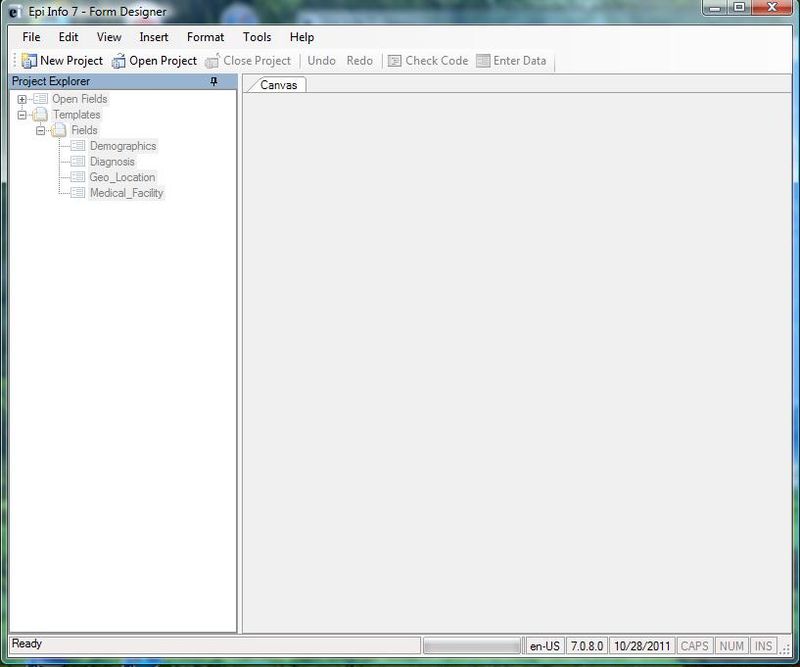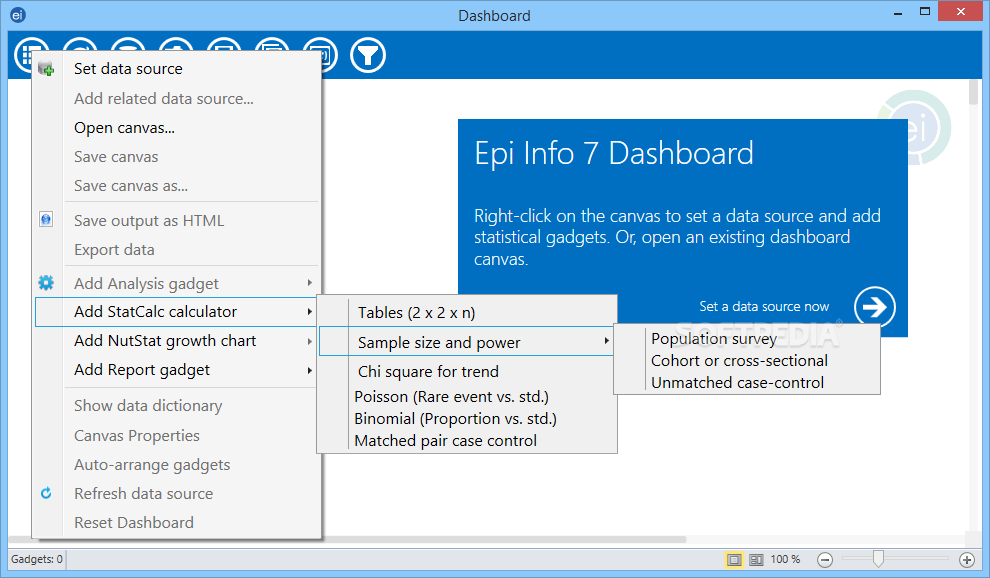

The materials embodied in the Epi Info™ Mobile Application are "as-is" and without warranty of any kind, express, implied or otherwise, including without limitation, any warranty of fitness for a particular purpose. Poisson calculator for determining the probability of an observed number of successesĪllows the user to load a dataset of contacts of Viral Hemorrhagic Fever cases, select records from that dataset, enter follow-up information for a record, transmit the follow-up information to a master database via SMS, and save the follow-up information to the local data table.Binomial calculator for determining the probability of an observed proportion.

Chi-square calculator for trend detection.Pair-matched case control 2x2 calculator with associated confidence intervals and statistical tests.2x2xn calculator with associated confidence intervals and statistical tests.The app controls and facilitates user inputs by taking advantage of the iPad's touchscreen interface and using input devices such as sliders and steppers. Each calculator has been adapted for iOS and is included in this app. StatCalc statistical calculators have long been a feature of CDC's Epi Info desktop software. Deleting local SQLite tables from the device.2x2 or MxN tables and associated statistics.Storing comma-delimited tables to the local Epi Info SQLite table via email.
#EPI INFO STATCALC PC#

Functions not available in CA include StatCalc (also available as a stand-alone module) and NutStat (only available in VD) both are integral components of the Dashboard.Allows the user to collect data on the mobile device using a form created with Epi Info 7 on a desktop PC. The tables in the Data Analysis Command Reference show the correspondence between VD and CA commands and analyses that are unique to each module.

Finally, the Report gadgets provide a mechanism for labeling and annotating the Dashboard, as well as any files and hard-copies created from it. This facilitates the comparison of the subject's growth over time to percentile curves from the reference samples. The NutStat growth charts are plotting tools which combine CDC and WHO reference data on infant and child development with the ability to plot chronological data from an individual on the same graph. The StatCalc calculators are used to estimate the sample size and power of various study designs and statistical tests commonly used in epidemiology. The Analysis gadgets are similar to the familiar Statistics and Advanced Statistics commands in Classic Analysis (CA) that encompass both descriptive and inferential statistics. T he gadgets, used here in the generic sense, are divided into four groups on the Dashboard Options menu: Analysis gadgets, StatCalc calculators, NutStat growth charts, and Report gadgets. All other functions described in Navigation, Canvas, and Menu Commands exist to prepare data for analysis by these gadgets. The gadget is the key element of Visual Dashboard (VD).


 0 kommentar(er)
0 kommentar(er)
